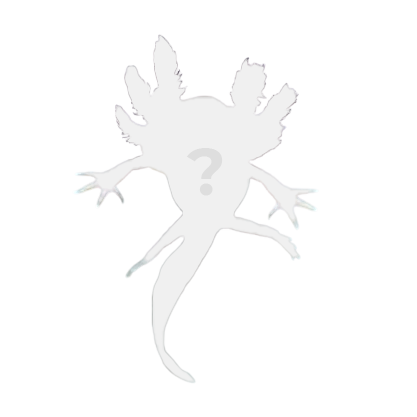Axolotl Morphs Explained: Wild, Leucistic, Melanoid, Copper, and More
Axolotls are beloved not just for their adorable smiles but for their stunning variety of colors and patterns known as "morphs." Whether you are a first-time owner or a seasoned hobbyist, understanding these morphs can make choosing your next axolotl even more exciting.
What is an Axolotl Morph?
A morph refers to the genetic variations that cause differences in color, markings, and skin texture. Unlike other pets, axolotl morphs are naturally occurring or selectively bred, leading to a rainbow of stunning appearances.
Popular Axolotl Morphs
Wild Type:
-
Appearance: Dark greenish-brown with gold speckles.
-
Fun Fact: Wild types most closely resemble axolotls in the wild.
Leucistic:
-
Appearance: Pale pink body with dark eyes.
-
Fun Fact: Often mistaken for albino axolotls but have black eyes instead of red.
Melanoid:
-
Appearance: Solid black or dark brown without shiny speckles.
-
Fun Fact: Melanoids lack the iridophores that create shiny coloration.
Copper:
-
Appearance: Light brown body with coppery hues.
-
Fun Fact: Copper axolotls are especially popular due to their soft, earthy colors.
Other Rare Morphs:
-
GFP (Green Fluorescent Protein): Glows under blacklight.
-
Golden Albino: Light yellow skin with red eyes.
-
Piebald: White with black spots across the body.
Choosing the Right Morph for You
Each morph has the same care needs, so choosing often comes down to personal preference. However, some rare morphs may command higher prices.
Ready to find your dream axolotl? Shop Axolotls at Axolotl Planet and discover your perfect match!





Leave a comment
This site is protected by hCaptcha and the hCaptcha Privacy Policy and Terms of Service apply.